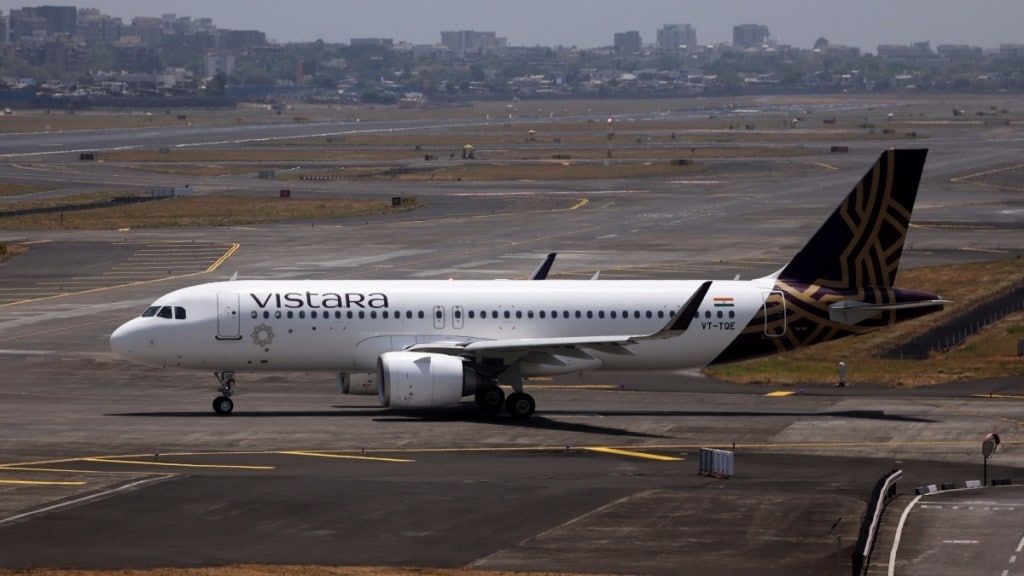Nearly 10 years after its first flight, Vistara took to the skies for the final time yesterday. Swaraj Baggonkar explains how and why the Tata-Singapore Airlines carrier got merged into the much larger Air India and whether flyers will continue to enjoy the Vistara experience post the merger.
l Why was Vistara merged into Air India?
THE IDEA BEHIND having one large full-service carrier (FSC), was to create an Indian airline that will rub shoulders with the best in the world. After the grounding of Jet Airways and the subsequent takeover of Air India, the Tata group has enjoyed complete monopoly of the FSC segment.
The decision to merge Vistara with Air India was taken in 2022 after the Tata Group acquired Air India from the government. Instead of fulfilling the separate ambitions of both Vistara and Air India which flew on common routes, flying nearly similar aircraft while managing identical day-to-day operations, the Tata group decided to merge Vistara into Air India. A joint venture between the Tata group and Singapore Airlines, Vistara was not very well known outside of India, whereas brand Air India resonates strongly with not just the Indian diaspora but foreign customers as well. Singapore Airlines, which held 49% stake in Vistara, will hold 25.1% of Air India following the merger.
l What happens to the fleet, pilots and crew?
VISTARA CONNECTED 50 destinations in and outside of India, operating over 300 flights a day with a fleet of 70 aircraft including 53 Airbus A320neo, 10 Airbus A321neo and 7 Boeing 787-9 Dreamliner.
The airline had around 5,500 employees, including more than 1,000 pilots and cabin crew, ground staff and engineers. Since all of Vistara’s planes have transitioned to Air India, its employees are also now under the Air India umbrella.
While mergers in the Indian aviation sector have been common — Jet-Sahara, Kingfisher-Air Deccan, Air India-Indian Airlines — this remains a complex process. Pilots at Air India have voiced their dissent over the Vistara integration as the new policies favour Vistara pilots. Promotion, salary, duty hours and retirement age limit were some of the points of disagreement ahead of the merger.
l Changes in flight operations
THE IN-FLIGHT EXPERIENCE remains unchanged on Vistara’s fleet which can be identified by the number ‘2’ added to the flight code. For instance, UK 955, operating from Delhi to Mumbai, will transition to AI 2955. Vistara’s uniforms also stay till the crew gets Air India livery. Starting November12, all Vistara aircraft will be operated by Air India, and bookings for the routes operated by these aircraft will be redirected to Air India’s website. Passengers flying November 12 onwards on tickets booked earlier will receive an Air India ticket with a new E-ticket number; however, the PNR will remain the same as before. They can web check-in via the Air India website and mobile app. In case of missing a flight, Air India no-show charges will be applicable. The lounge access purchased while booking on Vistara will not be valid anymore and a refund will be processed by Vistara.
l What’s there for loyal Vistara flyers
VISTARA’S CUSTOMER LOYALTY programme, Club Vistara, has been merged into Air India’s Flying Returns programme . All frequent flyer miles (CV points), One Class Upgrade vouchers, and complimentary ticket vouchers are being transferred to linked Flying Returns accounts on November 12 in a 1:1 ratio.
Those holding existing co-branded credit cards will continue to enjoy current benefits until March 31, 2026. From November 12, co-branded card holders will earn Flying Returns points and complimentary ticket vouchers besides the existing card benefits. They will also continue to enjoy their Tier status for a year from the date of merger. With transition to Flying Returns, members will be able to earn and redeem with all 24 Star Alliance Airline partners (Air India is a member of Star Alliance) and also avail Star Alliance status for gold and platinum members that grants status across the Star Alliance network globally.
l Top bosses reshuffled
JUST BEFORE THE merger, the top deck across all the airlines within the Tata group was reshuffled to ensure a smoother integration process. Vinod Kannan, CEO of Vistara, who has been holding the position of chief integration officer for the full-service airlines’ merger, continues in the latter role after the merger. Deepak Rajawat, chief commercial officer of Vistara, has taken on the role of CFO in the enlarged Air India Express. Several other senior officials were also given new responsibilities.
l Potential impact on airfares
FROM TWO FULL-SERVICE carriers, India’s domestic aviation market is now down to just one FSC after the merger, that is Air India. While several business groups have evinced interest to start an airline, there is no proposal to have any more full-service carriers. This will give the Tata Group full control of the FSC market. The merger also results in a duopolistic situation where market leader IndiGo and Air India group will control 90% of the domestic aviation market.

